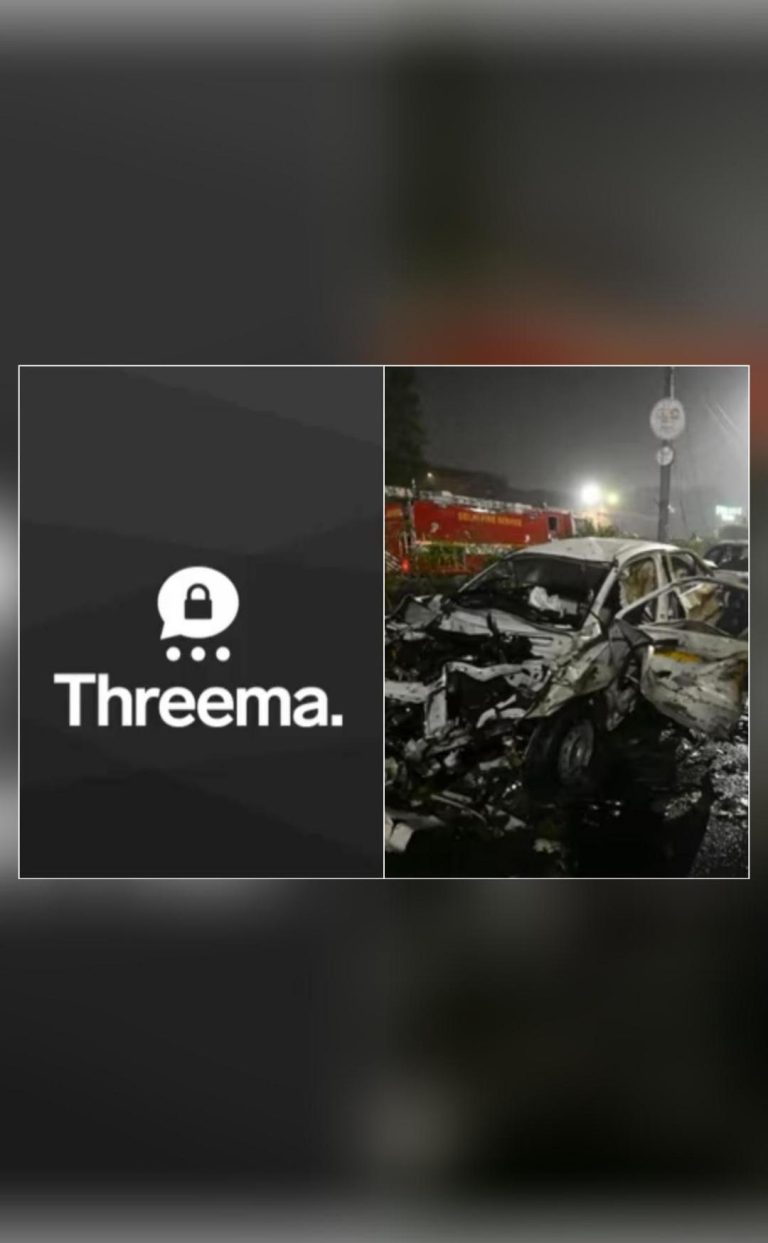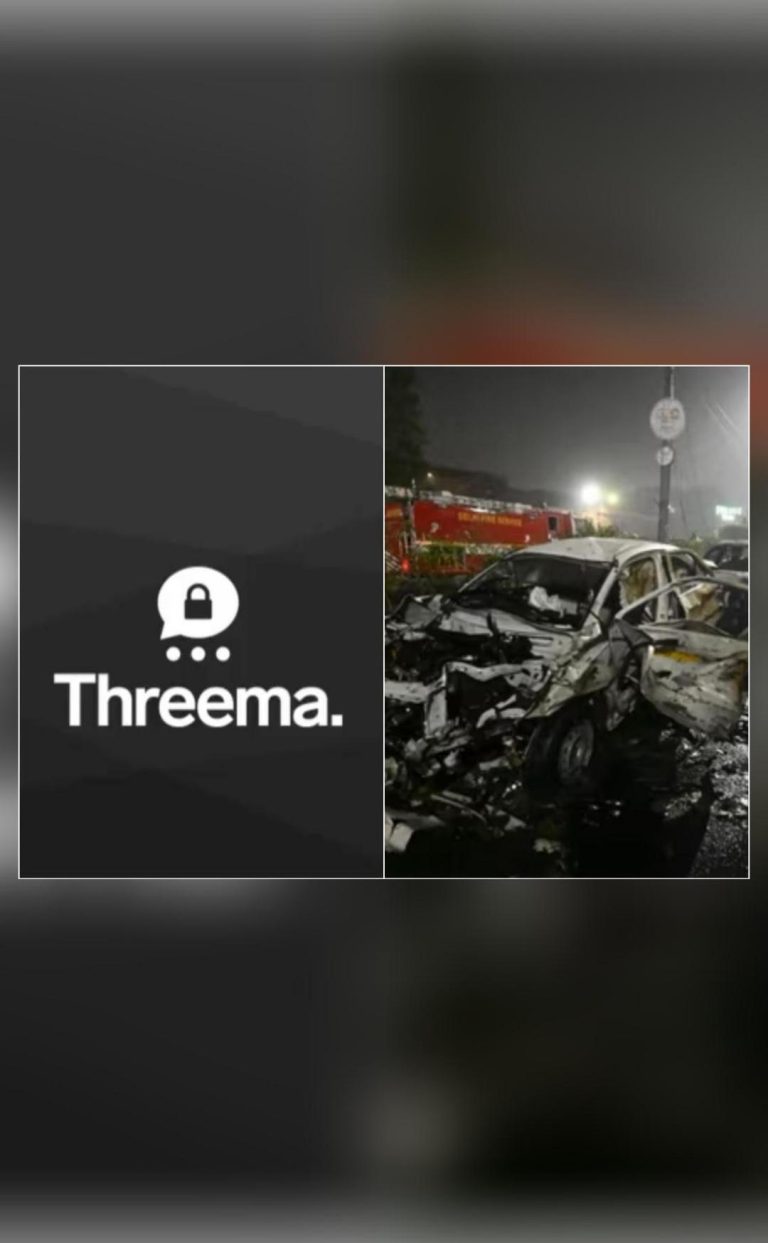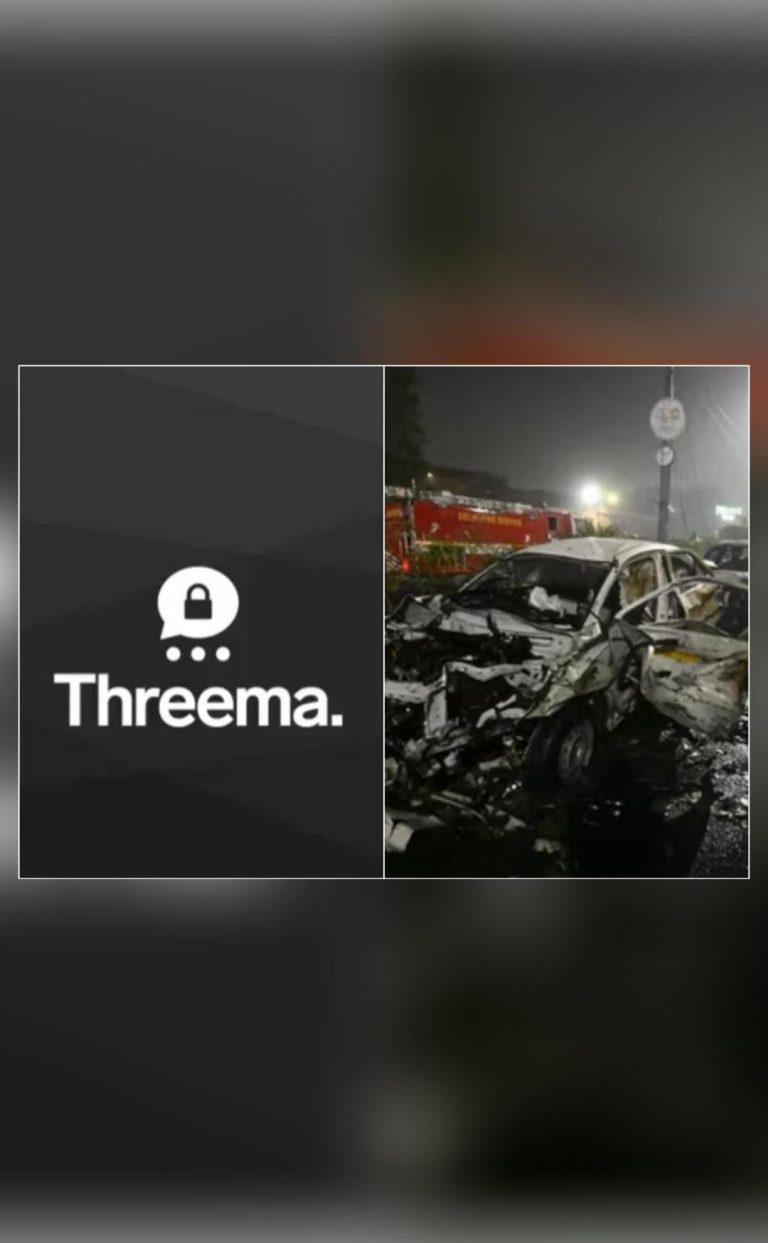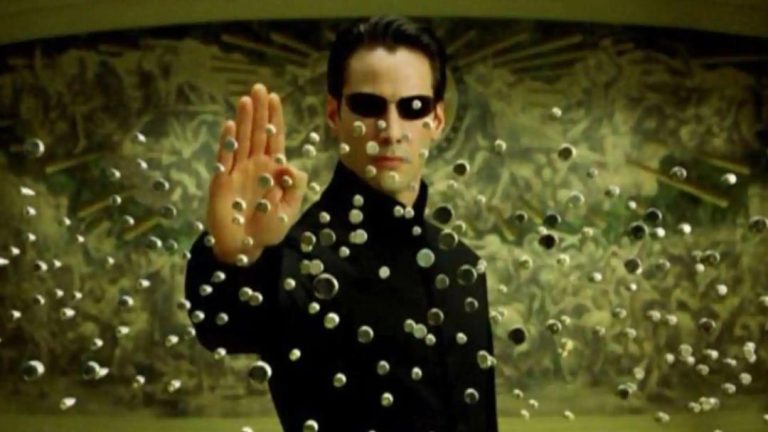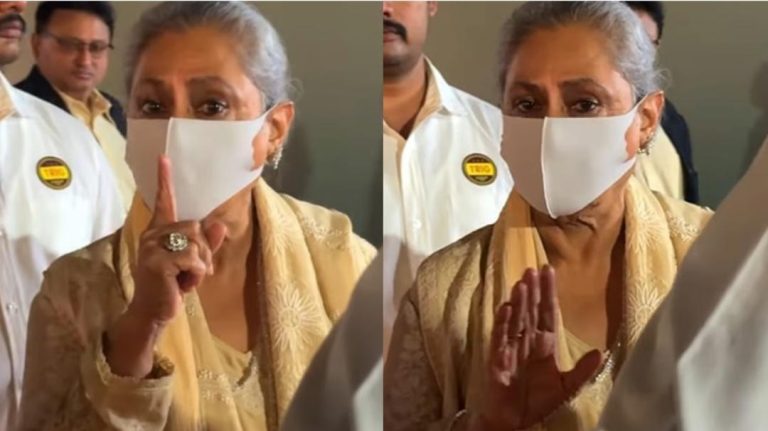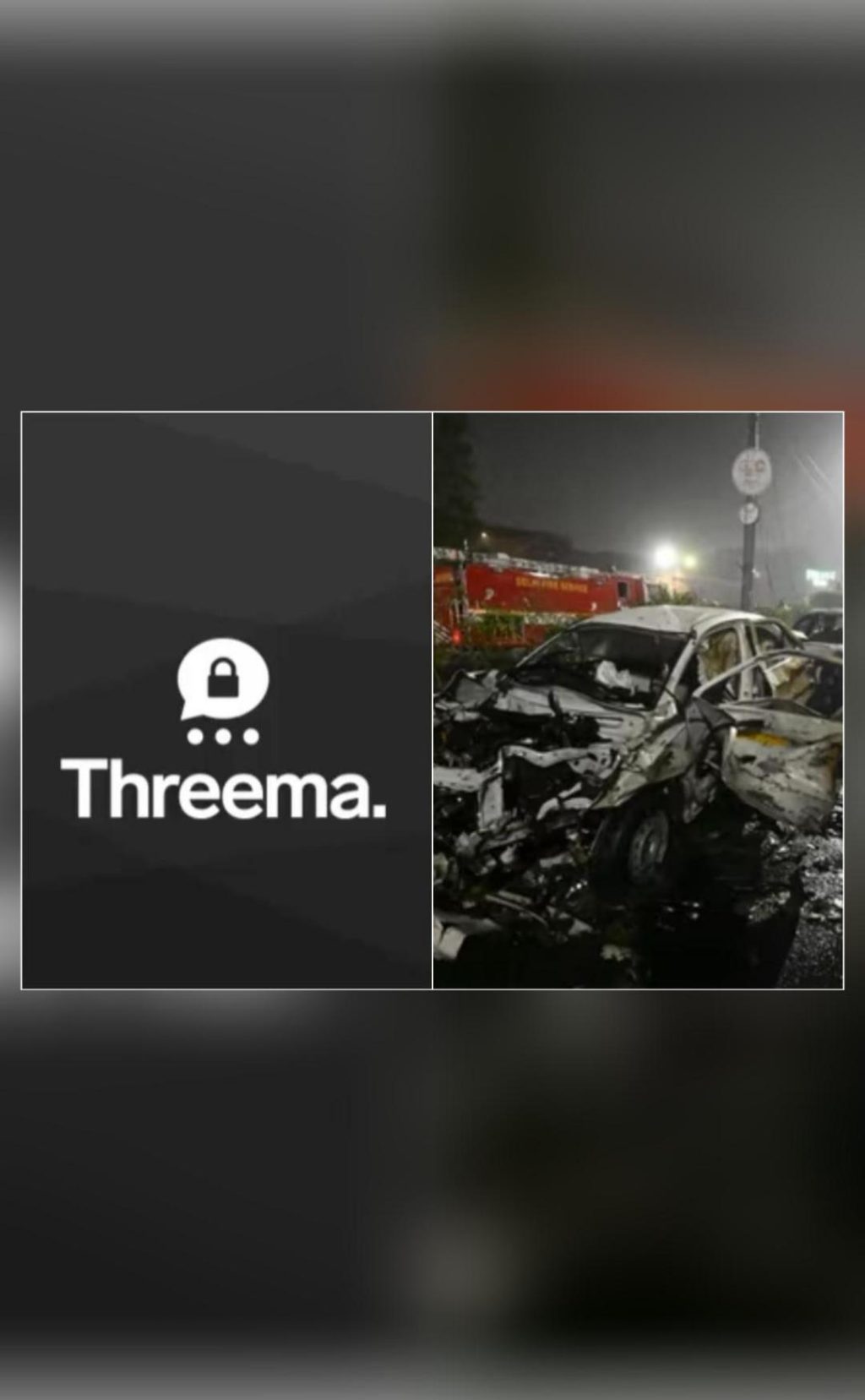
Delhi Terror Attack Accused Doctors Used Swiss App Threema to Plan & Coordinate: Police
In a shocking revelation, it has come to light that the accused doctors in the Delhi terror attack case used a Swiss encrypted messaging app called Threema to plan and coordinate their activities. The three doctors, Dr. Umar Nabi, Dr. Muzammil Ganaie, and Dr. Shaheen Shahid, who are being investigated for the blast near Delhi’s Red Fort, allegedly used the app to constantly keep in touch and discuss their terror plans.
According to police sources, the accused doctors used Threema, a secure messaging app that offers end-to-end encryption, to communicate with each other without being detected. The app, which is popular among those who value their privacy, does not require a phone number or email ID for registration, making it extremely difficult to trace its users.
“Threema doesn’t require a phone number or email ID for registration, making it extremely difficult to trace its users,” a source told PTI. This feature of the app made it an attractive option for the accused doctors, who wanted to keep their communications private and secure.
The use of Threema by the accused doctors highlights the growing trend of terrorists using secure messaging apps to plan and coordinate their activities. These apps, which offer end-to-end encryption, make it difficult for law enforcement agencies to intercept and track communications, making it challenging to prevent terror attacks.
The Delhi terror attack, which occurred near the Red Fort, was a shocking incident that sent shockwaves across the country. The attack, which was allegedly planned and executed by the three accused doctors, was a wake-up call for the authorities, who realized that the threat of terrorism is still very real.
The investigation into the attack revealed that the accused doctors were in constant touch with each other, using Threema to discuss their plans and coordinate their activities. The police were able to crack the case only after they managed to intercept some of the communications between the accused doctors, which revealed their plans to carry out the attack.
The use of Threema by the accused doctors has raised concerns about the role of technology in terrorism. While technology has made it easier for people to communicate and connect with each other, it has also made it easier for terrorists to plan and coordinate their activities.
The case has also highlighted the need for law enforcement agencies to be more vigilant and proactive in tracking and intercepting communications between suspected terrorists. The police and intelligence agencies need to be equipped with the latest technology and tools to track and monitor suspicious communications, including those on secure messaging apps like Threema.
In recent years, there have been several instances of terrorists using secure messaging apps to plan and coordinate their activities. The use of these apps has made it difficult for law enforcement agencies to track and prevent terror attacks, and has raised concerns about the role of technology in terrorism.
The Delhi terror attack case has also raised questions about the role of medical professionals in terrorism. The fact that three doctors were allegedly involved in the attack has shocked the medical community, and has raised concerns about the radicalization of medical professionals.
The case is a reminder that terrorism can take many forms, and that anyone can be radicalized and become involved in terrorist activities. It is a wake-up call for the authorities, who need to be more vigilant and proactive in tracking and preventing terror activities.
In conclusion, the use of Threema by the accused doctors in the Delhi terror attack case highlights the growing trend of terrorists using secure messaging apps to plan and coordinate their activities. The case has raised concerns about the role of technology in terrorism, and has highlighted the need for law enforcement agencies to be more vigilant and proactive in tracking and intercepting suspicious communications.
Source: https://repository.inshorts.com/articles/en/PTI/f2a8ca2c-2fb5-4ada-b46a-28e29563f0c3
